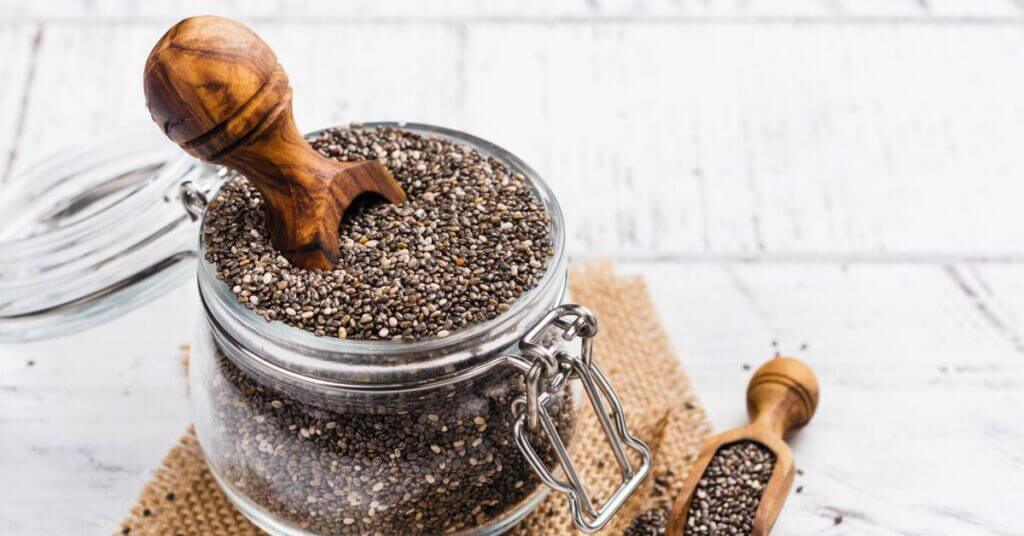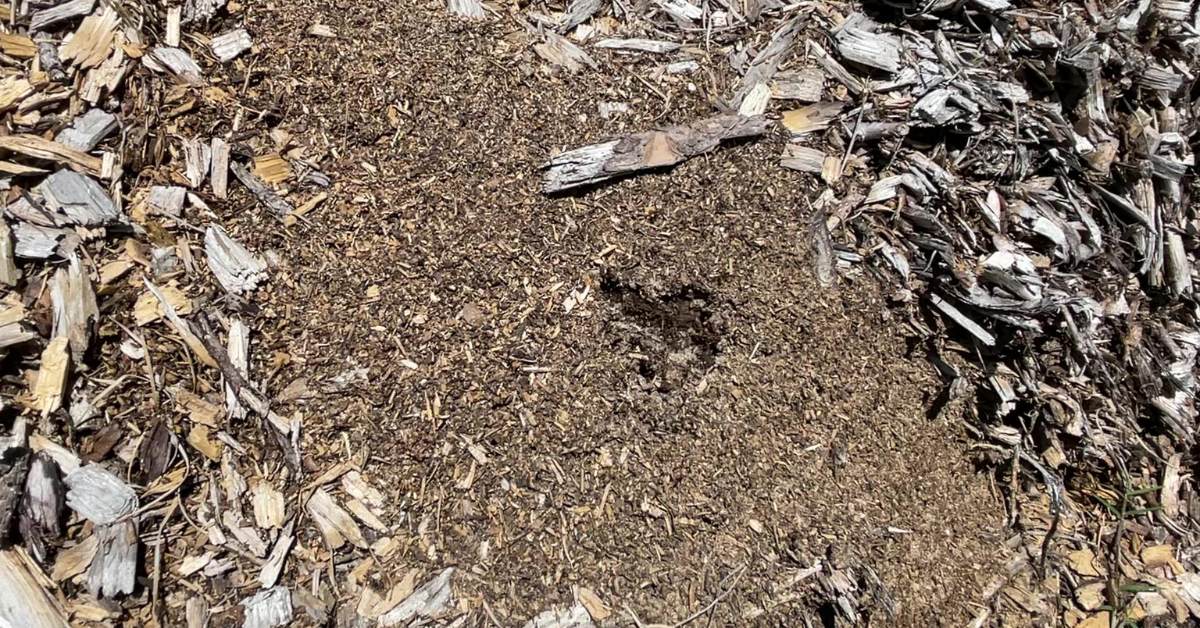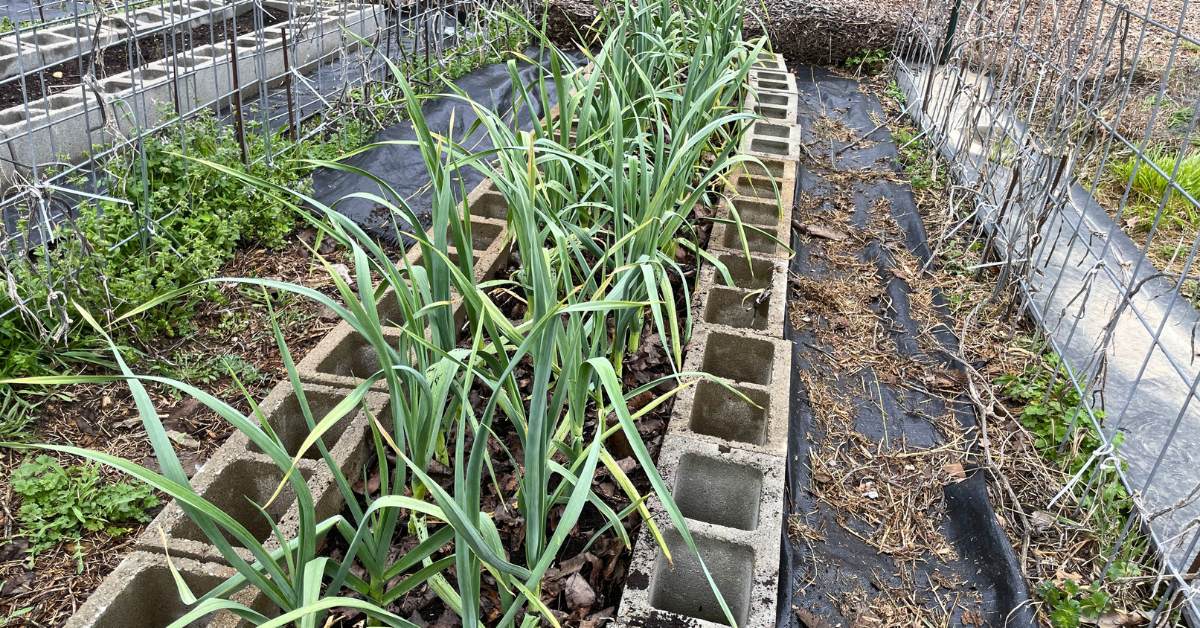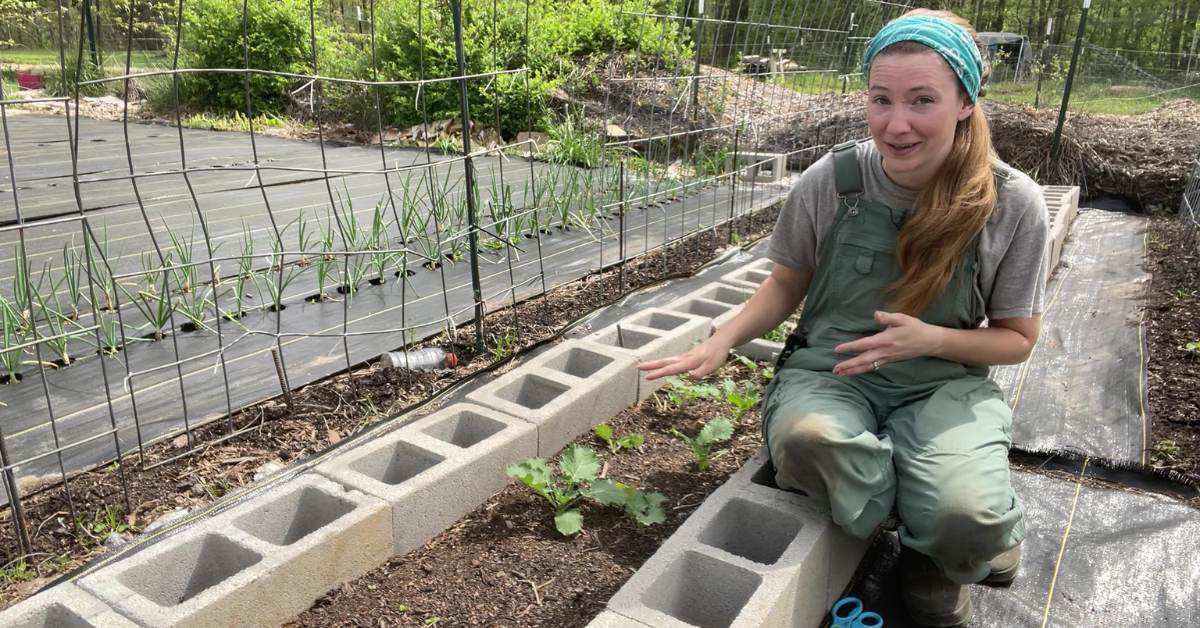Chia seeds have become a staple in many health-conscious kitchens, praised for their nutritional benefits and versatility in recipes.
Whether sprinkled atop smoothie bowls, mixed into yogurt, or used as a thickening agent in puddings, these tiny seeds pack a powerful punch of fiber, protein, and omega-3 fatty acids.
Yet, as with any food item, questions inevitably arise about their longevity and storage.
Here’s what you need to know….
Do Chia Seeds Expire?
Ah, the humble chia seed—a tiny powerhouse from the Salvia hispanica plant—known for its dietary fiber, healthy fats, and essential nutrients. Unfortunately, it’s those healthy fats, particularly omega-3 fatty acids, that make chia seeds so vulnerable to spoiling.
You see, fatty acids go rancid over time. This understanding is crucial as it directly impacts their long shelf life and let’s be honest, we all want to reap the numerous health benefits of fresh chia seeds for as long as possible.
So, as we journey through this exploration of chia seeds’ stability, remember, it’s not just about how long do chia seeds last.
It’s about preserving the nutritional value that makes them so wonderful for weight loss, heart health, and overall well-being.
Average Shelf Life of Chia Seeds
Have you ever found yourself staring at kinda old chia seeds, wondering whether they’re still good to add to your chia pudding or overnight oats?
Here’s some good news for you and your pantry. Under the right storage conditions—cool temperature, away from direct sunlight, and stashed in a dry place—dry chia seeds can have an incredibly long shelf life.
In fact, when stored properly in a sealed container far from heat sources, your bag of chia seeds can maintain their quality for about 2 to 5 years.
However, factors like moisture or air can drastically shorten this period.
FREE FOOD STORAGE PLAN!
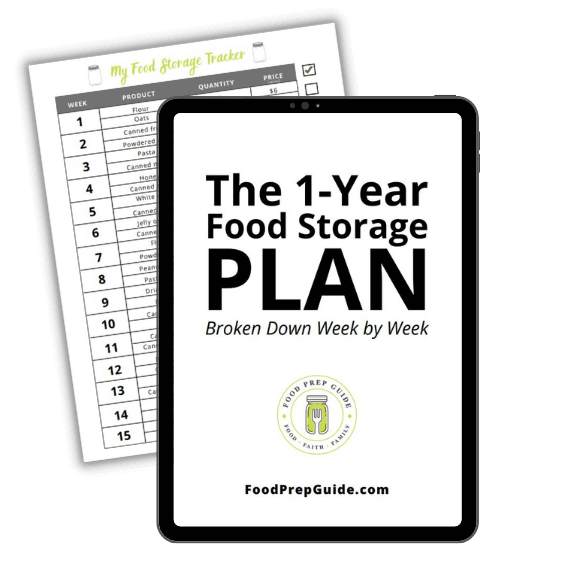
Does gathering and storing a year’s worth of food for your family seem overwhelming and unachievable?
Make it easy with our step-by-step plan. Subscribe to our weekly newsletter & we’ll send it to you FREE!
5 Signs That Chia Seeds Have Gone Bad
Recognizing the signs of spoilage is paramount. It’s like knowing when that vintage cabinet is just a touch too vintage—adorable but might fall apart at any moment.
This knowledge ensures food safety and guarantees you’re harnessing the numerous health benefits of fresh chia seeds at their peak.
So, let’s not let our guard down in the pantry, for the shelf life of chia seeds isn’t infinite.
1. Foul Odor
Picture this:
One day, you crack open your container, and instead of being greeted by that subtle, nutty aroma, there’s something…off. It’s a smell that’s hard to place but impossible to ignore – a foul odor, reminiscent of sourness or, dare I say, something akin to nail polish remover.
This is the moment you realize that your chia seeds have gone bad.
Foul odor is a telltale sign that your chia seeds have embarked on a downhill journey, leaving their prime behind. This strange smell is your clue that the fatty acids, once packed with health benefits, have turned rancid—a process accelerated by improper storage or simply the march of time.
And, while you might consider yourself a culinary risk-taker, this is where you should draw the line.
Rancid chia seeds won’t just make your chia pudding taste a bitter note of regret; they could also rob you of the essential nutrients you sought them out for in the first place.
2. Insect Webbing
Alright, let’s dive into something that might make your skin crawl just a tiny bit. We’re not alone in our love for those nutritious chia seeds.
Pantry bugs, especially those crafty moths, seem to share our affection.
Imagine reaching for your bag of chia seeds and finding it’s not just chia seeds in there. Moths and other pantry bugs can weave silky webs and create cocoons amidst the seeds.
It’s their way of saying, “Thanks for the hospitality!” But for us, it’s a clear red flag.
If you spot any webbing or cocoons, it’s a telltale sign of an unwelcome infestation. At this point, those seeds are well past their prime and shouldn’t be consumed.
3. Slimy Texture
Now, imagine you’re standing before your pantry, eager to whip up a batch of your famed chia pudding. But as you reach for that bag of chia seeds, something feels off. It’s not the usual flowy, tiny seeds that glide through your fingers but a clumpy, slimy mess that greets your touch.
What’s going on here?
You see, chia seeds have this superpower where they absorb water and turn into a gel-like substance, which is great for chia gel and chia pudding.
However, when they become slimy before they hit the mixing bowl, that’s your cue that moisture has crept into their storage spot.
A once-great addition to your dietary roster now sits as a reminder to keep them in a dry place, away from the risk of turning into an unintended chia gel too soon.
4. Clumping
Ever stumbled upon your stash of chia seeds, only to find them huddled together, clumped like they’re planning a tiny rebellion against your culinary aspirations? Well, it’s a sign, and not a good one.
Like in our previous point, this is a sign of moisture.
The moment these chia seeds start clumping, it’s like they’re crying out, “We’ve been compromised!”
For something that has a naturally long shelf life, moisture can (and will) cut it short.
5. Mold
Mold on chia seeds isn’t just a minor inconvenience; it’s a billboard signaling potential health risks. If you spot any strange growth or a noticeable change in the dark color of your chia seeds, it’s best to toss them.
Can You Eat Expired Chia Seeds?
So, you’ve stumbled upon a half-opened bag of chia seeds lurking in the back of your pantry, bearing a best-by date that’s a few months past.
Now you’re wondering if you’ve just discovered a hidden treasure or if it’s a ticking time bomb of spoilage.
I’ll cut to the chase—the ‘best by’ date on your chia seeds isn’t a hard stop, signaling they’ve gone bad overnight. It’s more like a gentle nudge, suggesting when they might start to decline in their peak nutritional value and taste.
With proper storage—a cool, dark place away from direct sunlight—chia seeds can push past their ‘best by’ with ease, holding onto their shelf life for a surprisingly long time.
How to Store Chia Seeds to Make Them Last Longer
Good news! Storing chia seeds isn’t rocket science. Just tuck them away in an airtight container like a glass jar or one of those rubber-gasket pantry containers.
Then, store them in a cool, dark place—a pantry works, distant from any heat sources.
I like to store mine in Mason jars and vacuum seal them with a brake bleeder pump:
Prices pulled from the Amazon Product Advertising API on:
Product prices and availability are accurate as of the date/time indicated and are subject to change. Any price and availability information displayed on [relevant Amazon Site(s), as applicable] at the time of purchase will apply to the purchase of this product.
Prices pulled from the Amazon Product Advertising API on:
Product prices and availability are accurate as of the date/time indicated and are subject to change. Any price and availability information displayed on [relevant Amazon Site(s), as applicable] at the time of purchase will apply to the purchase of this product.
Do Chia Seeds Need to Be Refrigerated After Opening?
You might be considering popping your chia seeds in next to your veggies to keep them fresher for longer, but that’s not necessary.
Keeping chia seeds in a cool, dark place is perfectly adequate.
However, chia seeds won’t spoil any faster if you still want to put them in the fridge.
Can Chia Seeds Go Bad After Soaking?
Soaking chia seeds is a great way to unlock those essential nutrients crammed inside. That said, it also starts a ticking clock on their freshness.
Once they’ve taken their little spa soak, chia seeds transform, swelling up into a gel. It’s fascinating, really.
However, this state of soaked splendor turns them into somewhat of a delicate diva in the pantry department. You’ve got a tight window—a mere 5 to 7 days in the refrigerator—before they go bad.
READ NEXT: Signs Your Flaxseeds Have Gone bad


